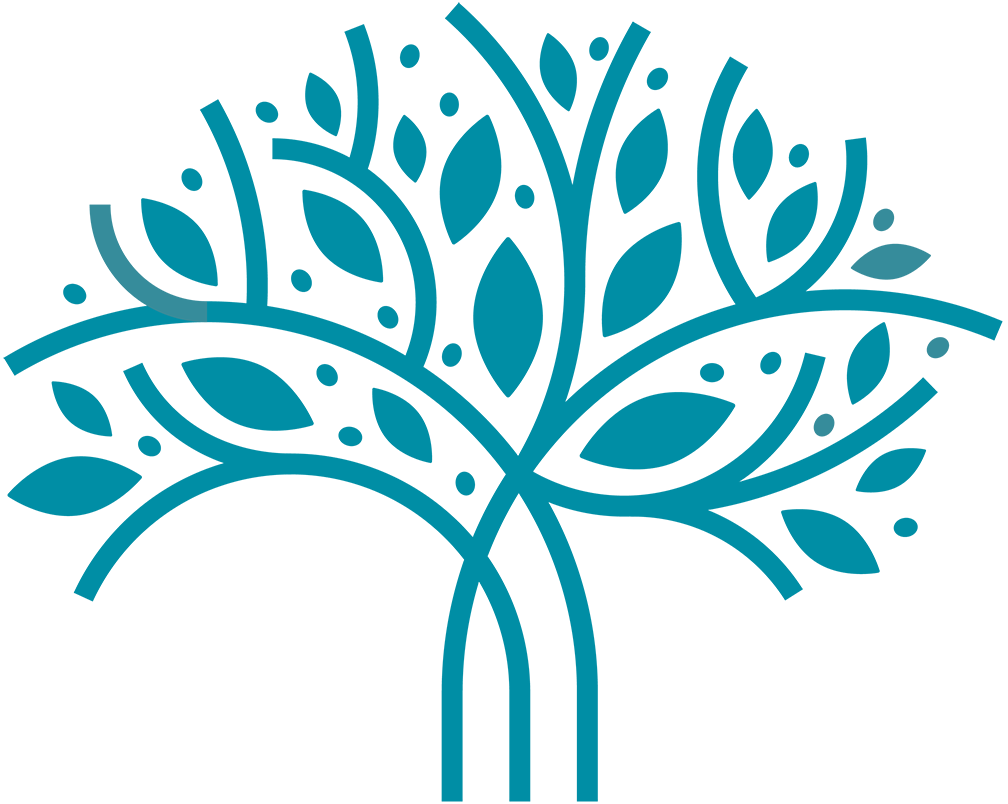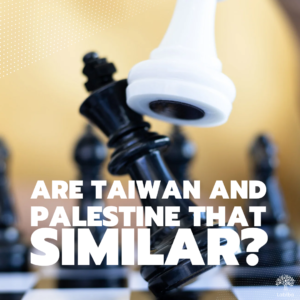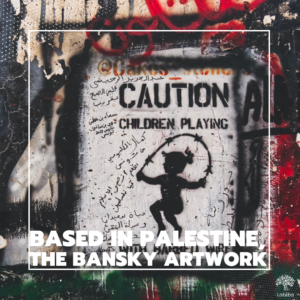The 59th International Art Exhibition of the Venice Biennale paid homage to Palestinian art and culture through the works of Noor Abuarafeh, a Palestinian artist who lives and works in Jerusalem and graduated from the ECAV (MA) and the Bezalel Academy for Arts and Design of Jerusalem (BA).
Her video exhibition entitled “AM I THE AGELESS OBJECT AT THE MUSEUM?” is part of a larger project that offers a critical perspective of history, drawing parallels between the narratives and memories preserved in the archives of different spaces intended for conservation and exhibition such as museums, zoos, or cemeteries and the Palestinian history. According to international critics, in her work Abuarafeh examines what individuals, authorities and private entities choose to safeguard or hold of exceptional value and she compares this process to the project of building a country.
Zoos and community’s identity loss
The scenes develop in a few zoological parks in Palestine, Switzerland and Egypt. Just like museums, these places conform to a standard where animals are caged, exhibited for public consumption, and subjected to unequal dynamics of power. Moreover, the artist uses a mix of childhood memories, stories of the zodiac signs, and the evolution of hippos to make the audience empathize fully. This feeling increases when the narrator imagines to be a large cetacean, exposed to sunlight and tells the story as if that body were his own.
Zoos symbolize the drama of a people caged in a strip of land that is too narrow, humiliated, persecuted under the gaze of the international community, which witnesses the progressive violation of rights, the forced expropriation of property, confinement in refugee camps, bombings and protests through the images that pass on the news and some videos posted on social media, almost like a visit to the museum or a day at the zoo.
From Palestine with Art
Besides the work of Abuarafeh, the Biennale exposed Palestine to the world of art through the collateral event “From Palestine with Art” in which the work of 19 Palestinian artists are exhibited worldwide. From the United States to the refugee camps in Lebanon, Palestinian art is shown in all its forms: photography, sculpture, paintings as well as embroidery typical of various areas of the West Bank to enhance its culture and traditions.
During the visual tour, it is possible to admire the Palestinian landscape made of hills covered with huge fields of olive trees. Through geographical maps, the spectator has the chance to observe the evolution of the Palestinian territory especially, how small villages have been supplanted by the Israeli settlements, or destroyed by bombing and never rebuilt.
Olive tree: a symbol of rebirth
In one corner of the exhibition stands an olive tree from which there are some keys hanging. The olive tree symbolizes the right of return of Palestinian refugees whose homes were gutted following expropriations during the creation of the state of Israel and from the beginning of the Israeli occupations in 1967. Additionally, the olive tree, is the main symbol of Palestinian natural landscapes, which became the object of clashes with Israeli settlers during the annual autumn harvest, but in this occasion it takes on another meaning, that of peace, of civil and constructive coexistence between two comunities united by the same destiny of dispora.




